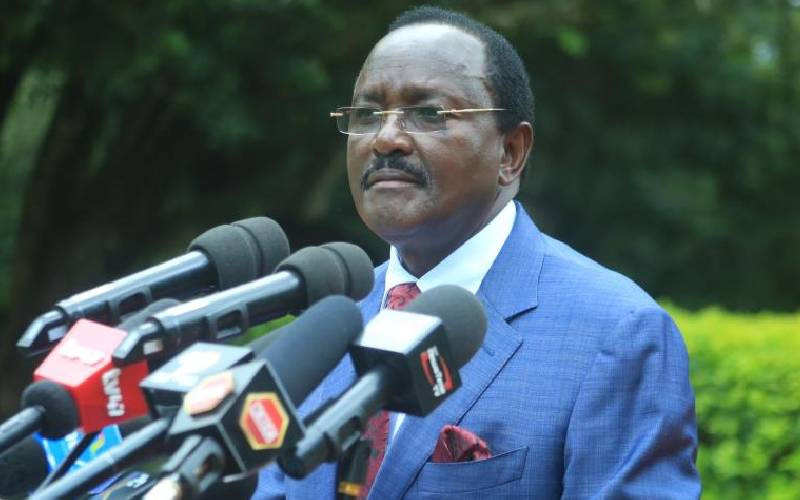Lack of demand from large electricity customers has forced the Government to ease up on an ambitious power upgrade plan.
The plan aimed to increase the country’s installed electricity generating capacity by 5,000MW.
In 2013, the Ministry of Energy and Petroleum unveiled an ambitious initiative to grow the capacity of electricity generated in the country from 1,600MW then to 6,600MW.
This was supposed to take some 40 months, meaning additional capacity would have been in place early this year.
The new capacity would have come from cheaper and cleaner sources such as geothermal and wind.
This is, however, not likely to happen, with the ministry now saying that demand has not grown as per the initial expectations and hence slowed down on implementation of the plan.
Energy Cabinet Secretary Charles Keter said having such huge capacity and in the absence of enough consumers would have resulted in the existing consumers shouldering the burden of paying to sustain the power stations which would have been rendered idle.
“When you have the equipment running, you have to bill for maintenance and this pushes up the cost of power. If we introduce more capacity, it means that power will be costly because the demand is not there,” he said on Friday when he inspected the state of power stations in the seven folks hydro system whose water levels have been affected by prolonged drought conditions in the country.
“We have seen industrial parks coming up and this will mean increase in demand for power, so we are monitoring this to ensure that we have adequate capacity to ensure there is enough as well as a reserve margin.”
The plan to introduce the new capacity under the 5,000MW plan was premised on growth of energy-intensive industries that would spring up under the devolved system of government. In particular, the Government had expected activities such as mining, production of iron and steel products, large-scale irrigation projects to spring up across the counties.
Other projects included the Standard Gauge Railway that was initially to be powered by diesel and later electricity. KenGen Chief Executive Albert Mugo said the electricity sector is “pacing itself”, such that power producers introduce more generating capacity as demand for electricity grows.
“It is just a matter of time before we see a growth in demand and we want to stay ahead so that we are not caught off guard,” he said during the tour. KenGen plans to increase its electricity production capacity by 725MW by 2020, all of which will be from renewable energy sources.
The bulk of this new energy will be generated using geothermal.
While the argument by the Energy Ministry has merit, the country is still reliant on expensive thermal generators that use fossil fuels to generate electricity, with the cost being passed on to power consumers.
Currently, Kenya has an installed capacity of about 2,400MW, against a peak demand of 1,600MW. Of the installed capacity, thermal generators ordinarily account for about 11 per cent of the power consumed in the country. However, during dry spells, which is the case at the moment, electricity production from the thermal generators is usually scaled up as production from hydro sources declines. More capacity from the cheaper and renewable electricity sources could have taken the thermal power producers out of the country’s generation mix.
Stay informed. Subscribe to our newsletter
CS Keter said the thermal stations are now account for 18 per cent of the power produced in the country. He expects this to further go up to 24 per cent in the coming months as the drought bites, which would mean further decline in the contribution of hydro electricity.
 The Standard Group Plc is a
multi-media organization with investments in media platforms spanning newspaper
print operations, television, radio broadcasting, digital and online services. The
Standard Group is recognized as a leading multi-media house in Kenya with a key
influence in matters of national and international interest.
The Standard Group Plc is a
multi-media organization with investments in media platforms spanning newspaper
print operations, television, radio broadcasting, digital and online services. The
Standard Group is recognized as a leading multi-media house in Kenya with a key
influence in matters of national and international interest.
 The Standard Group Plc is a
multi-media organization with investments in media platforms spanning newspaper
print operations, television, radio broadcasting, digital and online services. The
Standard Group is recognized as a leading multi-media house in Kenya with a key
influence in matters of national and international interest.
The Standard Group Plc is a
multi-media organization with investments in media platforms spanning newspaper
print operations, television, radio broadcasting, digital and online services. The
Standard Group is recognized as a leading multi-media house in Kenya with a key
influence in matters of national and international interest.









